News
-
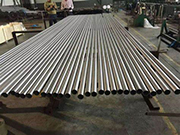
Small-diameter precision stainless steel pipe processing-polishing
Small-diameter precision stainless steel pipes are widely used due to their high corrosion resistance and economic practicality, especially in medical equipment, mechanical parts, experimental equipment, etc. Precision stainless steel pipes should be corrosion-resistant, bright in appearance, and...Read more -
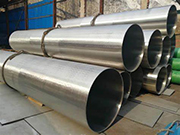
The simple method to identify stainless steel pipes
First, magnetic test The magnetic test is the simplest way to distinguish annealed austenitic stainless steel pipes from ferrite stainless steel pipes. Austenitic stainless steel pipes are non-magnetic steels, but they will have a slight magnetism after being cold worked under heavy pressure; pur...Read more -
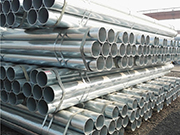
Corrosion-resistant conventional galvanized steel pipe and its application fields
Conventional galvanized steel pipe is a steel pipe that has been hot-dip galvanized and has good corrosion resistance. It is widely used in construction, machinery manufacturing, road traffic, and other fields. Galvanized steel pipes are immersed in molten zinc liquid to form a zinc layer coverin...Read more -
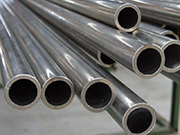
SUP310 stainless steel pipe is an ideal choice for high-temperature environments
SUP310 stainless steel pipe plays an important role in modern industry, especially in high-temperature and corrosive environments. It has excellent heat resistance and corrosion resistance and is widely used in petrochemical, energy, pharmaceutical, and other industries. 1. Material characteristi...Read more -
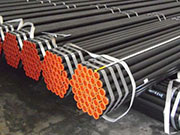
Introduction to nondestructive testing of pressure vessels such as boiler steel pipes
Pressure vessels such as boiler steel pipes and pressure vessel components often have defects that are difficult to detect, such as lack of fusion, lack of penetration, slag inclusions, pores, cracks, etc. in the welds. It is impossible to conduct destructive inspections on each boiler or pressur...Read more -
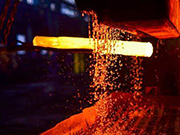
What are the connections and differences between normalizing and annealing steel pipes
What is normalizing? Normalizing is a heat treatment that improves the toughness of steel. After heating the steel component to 30~50℃ above the Ac3 temperature, keep it warm for some time and then air cool it out of the furnace. The main feature is that the cooling speed is faster than annealing...Read more
